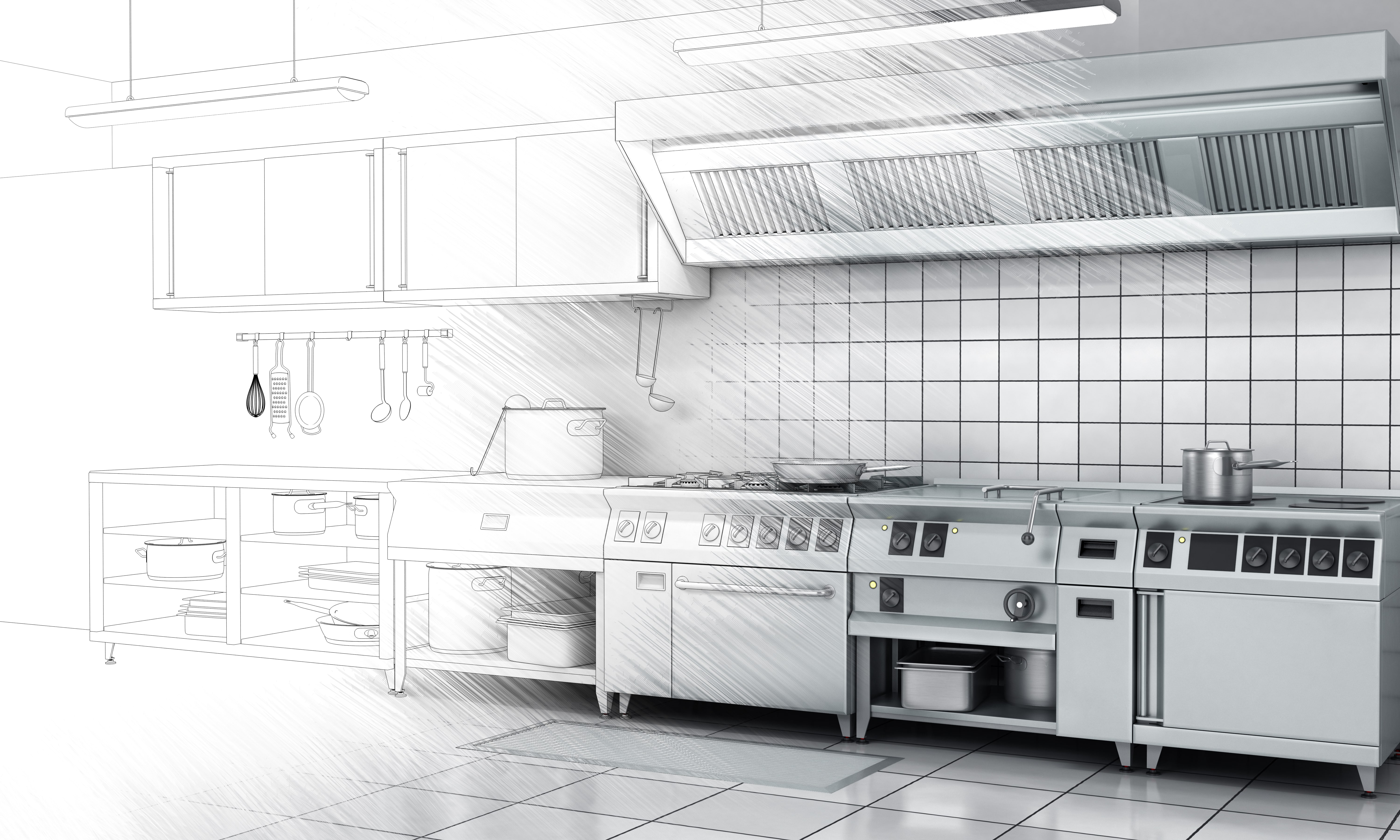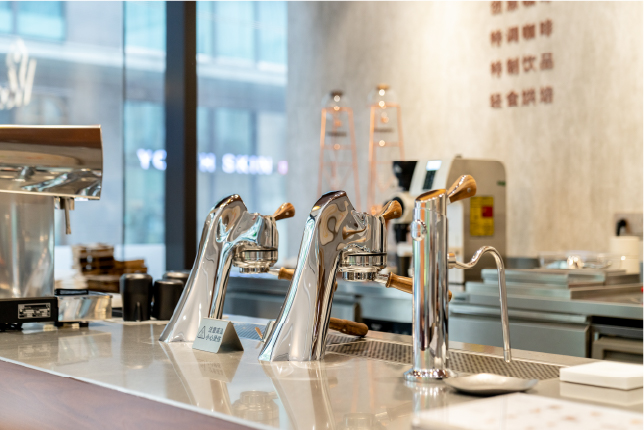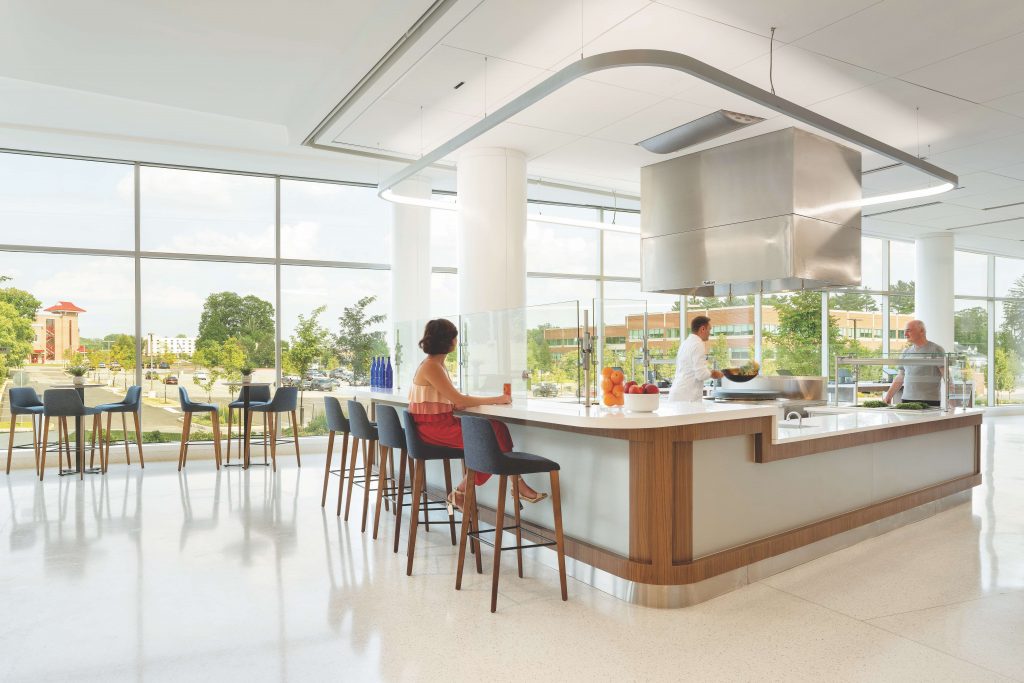
In early 2020’s I wrote a piece about ‘Change’ and how the business of foodservice designing had changed over the years from pencil and Rotring pens to CAD, in my case Autocad R10, and drawing reproduction from dyeline and ammonia blueprints to pen plotters to large format inkjet plotters and laser plotters. Typewriters and carbon paper gave way to text editors and word processing: slide rules to calculators to spreadsheets: Each making the process of designing more efficient, or so we assumed.
My thought at the time was wondering if it actually made the designs any better. Working on the AO sized drawing sheet certainly seemed to make it easier to understand the complete project while working on the design. But then 3D and flythrough made it easier for clients to visualise their projects and, in theory at least, see if there are any missteps in the design. On the other hand word processing and spreadsheets certainly saved considerable time and money as well as improving accuracy.
Although none of these advances actually had the effect of changing the way we approach the design process or the thinking that creates the design, just the way in which we represented the designs and the ideas they incorporated.
But now we have Generative AI which does have the potential to change the way that we design. The creative industries, in this context I include architecture and foodservice design. (Like it or not, we are part of the creative industry – which may be why our work is not always valued as much as it should be; but that’s an issue for another time!)
From ideation to conception
Major architecture firms around the world have been starting to make use of Generative AI. As an example, Patrik Schumacher, principal of Zaha Hadid Architects, speaking at a recent roundtable said the firm was using text-to-image generators such as DALL-E2 and Midjourney to come up with design ideas in the ideation stage of the project. They feed in text prompts: various attributes and programmatic suggestions etc.; and within seconds the AI tool will generate the number of alternative images requested. From the options generated, the team will select those that have potential for further development, either by incorporating further parameters into the AI generator or in a more conventional process. At this stage Generative AI is only being used at the ideation stage, but as the power of the programs, and the number of parameters available within them increases it is not beyond the imagination to think that the next step will make it possible to generate finished documents from a sequence of prompts to the AI software.
This raises a multitude of questions concerning the use of Image Generative AI in the same way that there has been about the use of ChatGPT for text. One issue common to both is the ownership of the ideas generated by the program. Chat GPT in effect harvests or scrapes the text from a large neural network of almost infinite number of digital documents and text available. The result is at some point the text generated will in fact be harvested from a document “owned” by someone because it most closely represents the answer to the question put.
If the request is to write a story about a war hero in the manner of Hemmingway, the outcome will effectively be a piece of work by Hemmingway. In the same way journalists are concerned that AI generated news articles will inevitably harvest the content from existing articles. The issue of ownership arises because ChatGPT does not “create” anything new, it just manipulates and regurgitates what has already been created. In the case of a consultant using it to “create” a specification or service schedule, it just harvests the same information that the “human” consultant uses; but much faster.
Text to Image software such as DALL-E (a version of GPT-3) is the same, it is simply a decoder transformer of both text and images from billions of parameters, including combining unrelated concepts in plausible ways that can appear to be creating something new. But the idea behind it; the instructions put; will have been “imagined” by someone. That person can lay claim to the generated image or work. However at this stage the law on Intellectual Property and Copyright has yet to catch up. Until then specialist IP Legal advice is that when using Generative AI to create an image or design (in this case), in order to claim authorship of the design, it is important to maintain an exact record of the instructions given to the program at each stage of the process that led to the completed image or design.
At this stage, those of us with fertile imaginations will be thinking that although human intervention has been required to instruct the program to deliver the outcome, it is conceivable that with the continual development and Machine Learning that intervention might even be replaced. However it has always be remembered that the software will only effectively be rearranging the existing, not imagining the new. A creative designer will still be needed to imagine the future. These tools are just that, a means to speed up the process.
The AI impact
There will be some who will be impacted by the potential of Generative AI software in the practice of foodservice design. Most immediately the administration of the project process and the generating of data schedules related to the design. However those designers who have developed a “formula” approach to the design and documentation of projects, always using the same concept and equipment rather than treating every project as a new opportunity, will certainly be at risk of redundancy. But then, they have never been what FCSI foodservice consulting has been about. Those with imagination and ideas will always be needed.
In the same way the foodservice industry develops slowly and incrementally, foodservice consulting approach to business will inevitably be slow to take up the challenge and opportunities offered by Generative AI: as much because of the cost of transitioning to this new paradigm. However consultants will find themselves working with architects who are using this technology and will need to understand where they fit into the process to be able to deliver an effective service.
It’s a brave new world we are approaching, and as consultants we ignore it at our peril.
Tim Smallwood FFCSI
(This has been authored by Tim Smallwood without the application of ChatGPT)




